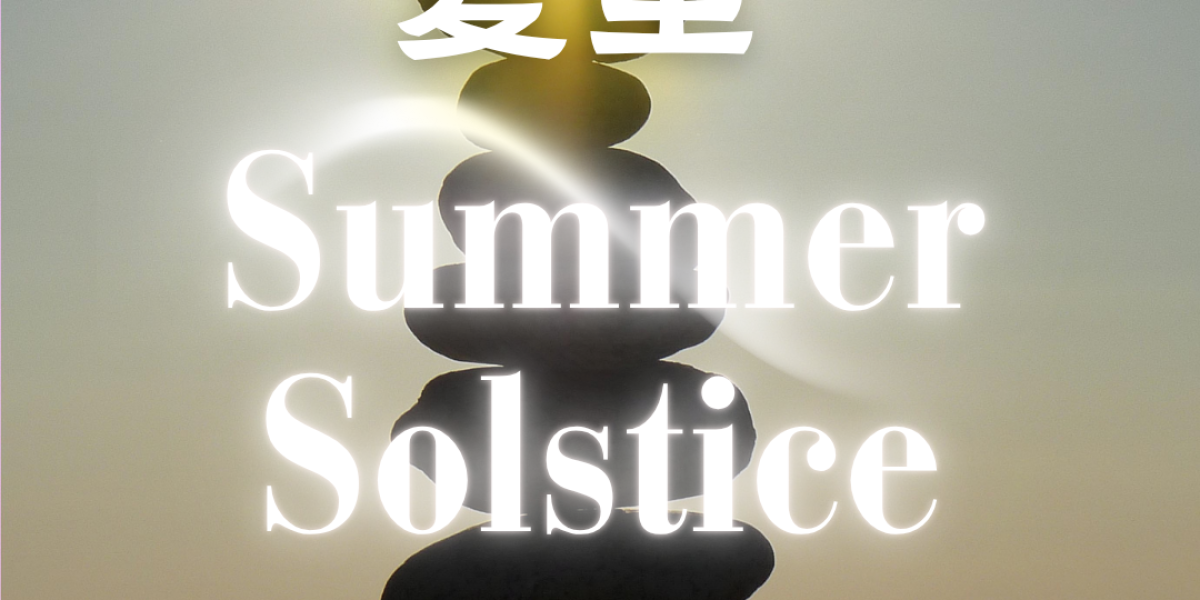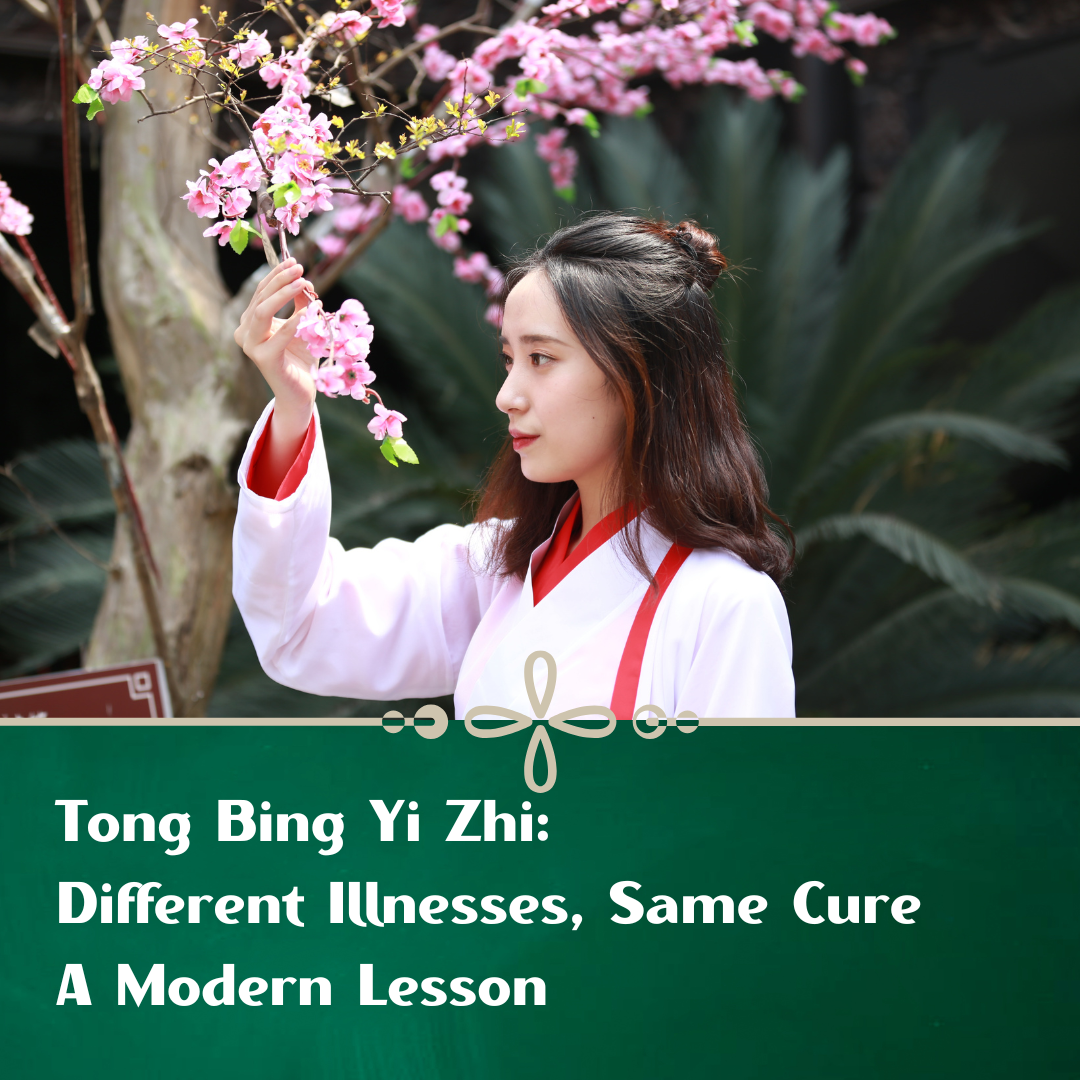Long before modern science mapped the heavens, ancient Chinese scholars used the Tugui to measure the sun’s shadow and mark Xia Zhi (夏至)—the Summer Solstice, when daylight reaches its zenith and the earth teeters at the edge of light. More than an astronomical event, Xia Zhi was a cultural and philosophical cornerstone: dynasties granted holidays, poets contemplated its radiance, and healers devised regimens to cool both body and mind. This was not mere tradition, but a sophisticated dialogue between humanity and nature—one that invites the intellectually curious to ask: What can these ancient rhythms teach us about resilience, balance, and the art of living in harmony with extremes?
Xia Zhi (夏至), or the Summer Solstice, is one of the 24 traditional solar terms in ancient Chinese calendrics. As early as the 7th century BC, the Chinese employed a Tugui—an ancient instrument used to measure the length of the sun’s shadow—to determine the precise moment of the summer solstice. The annual Xia Zhi period typically begins around June 21 (or 22) and concludes approximately on July 7 (or 8). According to the historical document *Kezun Xiandu Chaoben* (《恪遵宪度抄本》), “…the sun reaches its northernmost point, the length of daylight reaches its maximum, and the shadow cast by the sun becomes shortest. Hence it is termed ‘Zhi’ (至), meaning extremity.”
Xia Zhi commences when the sun reaches the 90° celestial meridian and concludes when it arrives at the 105° meridian. More precisely, the term often refers specifically to the exact day when the sun aligns with the 90° meridian. During this time, the duration of daylight in the Northern Hemisphere reaches its peak, with more northerly latitudes experiencing longer days. For instance, in Haikou City, Hainan Province, daylight lasts about 13 hours; in Hangzhou, it extends to 14 hours; in Beijing, it reaches approximately 15 hours; and in Mohe, Heilongjiang Province, daylight may even surpass 17 hours. Following Xia Zhi, the sun’s rays gradually shift southward, and the days in the Northern Hemisphere begin to shorten progressively.
Ancient Customs Observed during Xia Zhi
Xia Zhi was among the earliest solar terms established within the traditional Chinese calendar. Historically, the Chinese placed great significance on this period. Prior to the Qing Dynasty, a national holiday was observed for one day during Xia Zhi. Even during the Song Dynasty (960–1279), government officials were granted a three-day respite beginning on the day of the solstice. In the Liao Dynasty, Xia Zhi was known as *Chaojie*. On this occasion, women would carry ornate fans and exchange sachets filled with fragrant powders. These fans served to dispel heat, while the perfumed sachets were believed to repel mosquitoes and neutralize unpleasant odors.
Healthcare Practices during Xia Zhi
1. Bathing – Preferably with Warm Water, Avoiding Excessively Cold Water
Taking a daily warm bath is a beneficial practice for preventing internal heat accumulation during the summer months. Bathing not only cleanses sweat and dirt from the skin, maintaining hygiene and coolness, but also aids in preventing heatstroke and illness. Furthermore, it enhances blood circulation, improves skin and tissue nutrition, alleviates muscular tension, reduces fatigue, and boosts immunity, thereby decreasing susceptibility to disease.
2. Sleep – Retire Slightly Later, Rise Earlier; Afternoon Naps Are Advisable
During summer, one should cultivate a fresh, cheerful, open-minded, and energetic disposition. Just as all living things require sunlight to flourish, humans too must maintain a strong interest in external affairs and nurture an optimistic and sociable temperament to ensure smooth flow of Qi (vital energy). To harmonize with the natural rhythms of the season, it is advisable to sleep slightly later and wake earlier. By following this yang-enhancing routine, the circulation of Qi and blood can remain unimpeded. Given that Xia Zhi marks the longest day and shortest night of the year, a brief midday rest is particularly conducive to restoring vitality and relieving fatigue.
Efforts should be made to maintain a cool indoor environment, especially during morning and evening hours. Windows and doors should be opened to ensure adequate ventilation. During the daytime, when outdoor temperatures exceed indoor ones, windows should remain closed and curtains drawn. Such measures contribute to both physical and mental tranquility.
3. Clothing – Fabrics and Colors That Minimize Sunlight Absorption Are Preferred
In terms of attire, garments that absorb minimal heat are most suitable. Natural fabrics such as cotton and linen are ideal due to their breathability and ability to absorb perspiration, thus ensuring comfort against the skin.
Practical Tips for Reducing Internal Heat During the Dry Season
- Avoid Overeating: The greater the quantity of food consumed, the more metabolic heat is generated during digestion, particularly with protein-rich foods. Therefore, moderation is advised.
- Spicy Foods: May Be Beneficial in Moderation: Spices stimulate thermoreceptors in the mouth, enhance blood circulation, and induce perspiration, which helps lower body temperature. Thus, incorporating mildly spicy dishes into the diet can be advantageous—at least in moderation.
- Stay Hydrated: Increased water intake is strongly recommended. Alcoholic beverages should be avoided, as they promote dehydration. Mineral water or low-sugar carbonated drinks are preferable alternatives.
- Drink Chrysanthemum Tea: Chrysanthemum tea possesses cooling properties and can refresh the mind and soothe internal heat.
- Avoid Strenuous Physical Activity: Vigorous exercise activates bodily energy and raises core temperature. Light exercises or activities performed in cooler environments are more suitable.
- Take Warm Baths: A warm bath, ideally just below body temperature, is recommended, particularly before bedtime, to relax the body and reduce internal heat.
- Use Reusable Ice Packs: These can effectively lower surface body temperature. The pre-filled liquid within such packs provides a sustained cooling effect.
- Choose Cooling Bedding: Opt for feather pillows and cotton pillowcases. Synthetic materials tend to trap heat and are therefore less desirable.
- Cool the Wrists with Cold Water: Periodically rinsing the wrists under tap water for five seconds every few hours can help reduce blood temperature, as major arteries run through this area.
Any questions? Positive feedback? We welcome it! Share in the comment sections below.







